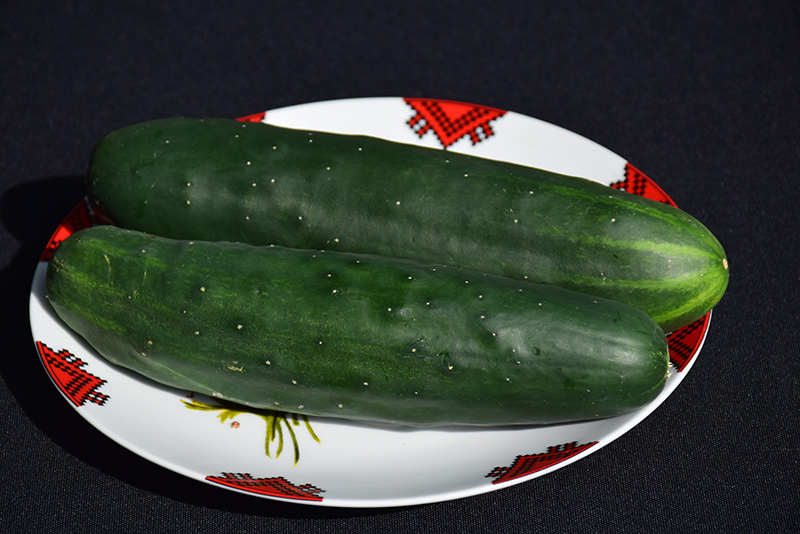Know Before You Go!
Get notified before our plants arrive in stores near you.
Plant Care Library

Burpee Hybrid II Cucumber fruit
Burpee Hybrid II Cucumber fruit
(Photo courtesy of NetPS Plant Finder)
Height: 12 inches
Spacing: 12 inches
Sunlight:
![]()
Hardiness Zone: (annual)
Description:
A high yielding, early maturing variety that produces 9" long dark green cucumbers; sweet and crisp, perfect for slicing, snacking salads and pickling; trellis or staking is recommended for straight fruit; disease resistant
Edible Qualities
Burpee Hybrid II Cucumber is an annual vegetable plant that is typically grown for its edible qualities. It produces dark green long cucumbers (which are technically 'berries') with light green flesh which can be harvested at any point. The cucumbers have a sweet taste and a crisp texture.
The cucumbers are most often used in the following ways:
- Fresh Eating
- Eating When Cooked/Prepared
- Pickling
Planting & Growing
Burpee Hybrid II Cucumber will grow to be about 12 inches tall at maturity, with a spread of 5 feet. When planted in rows, individual plants should be spaced approximately 12 inches apart. This vegetable plant is an annual, which means that it will grow for one season in your garden and then die after producing a crop.
This plant is typically grown in a designated vegetable garden. It should only be grown in full sunlight. It does best in average to evenly moist conditions, but will not tolerate standing water. It is not particular as to soil pH, but grows best in rich soils. It is quite intolerant of urban pollution, therefore inner city or urban streetside plantings are best avoided. This is a selected variety of a species not originally from North America.
Burpee Hybrid II Cucumber is a good choice for the vegetable garden, but it is also well-suited for use in outdoor pots and containers. It is often used as a 'filler' in the 'spiller-thriller-filler' container combination, providing the canvas against which the larger thriller plants stand out. Note that when growing plants in outdoor containers and baskets, they may require more frequent waterings than they would in the yard or garden.
A NetPS Plant Finder tool
